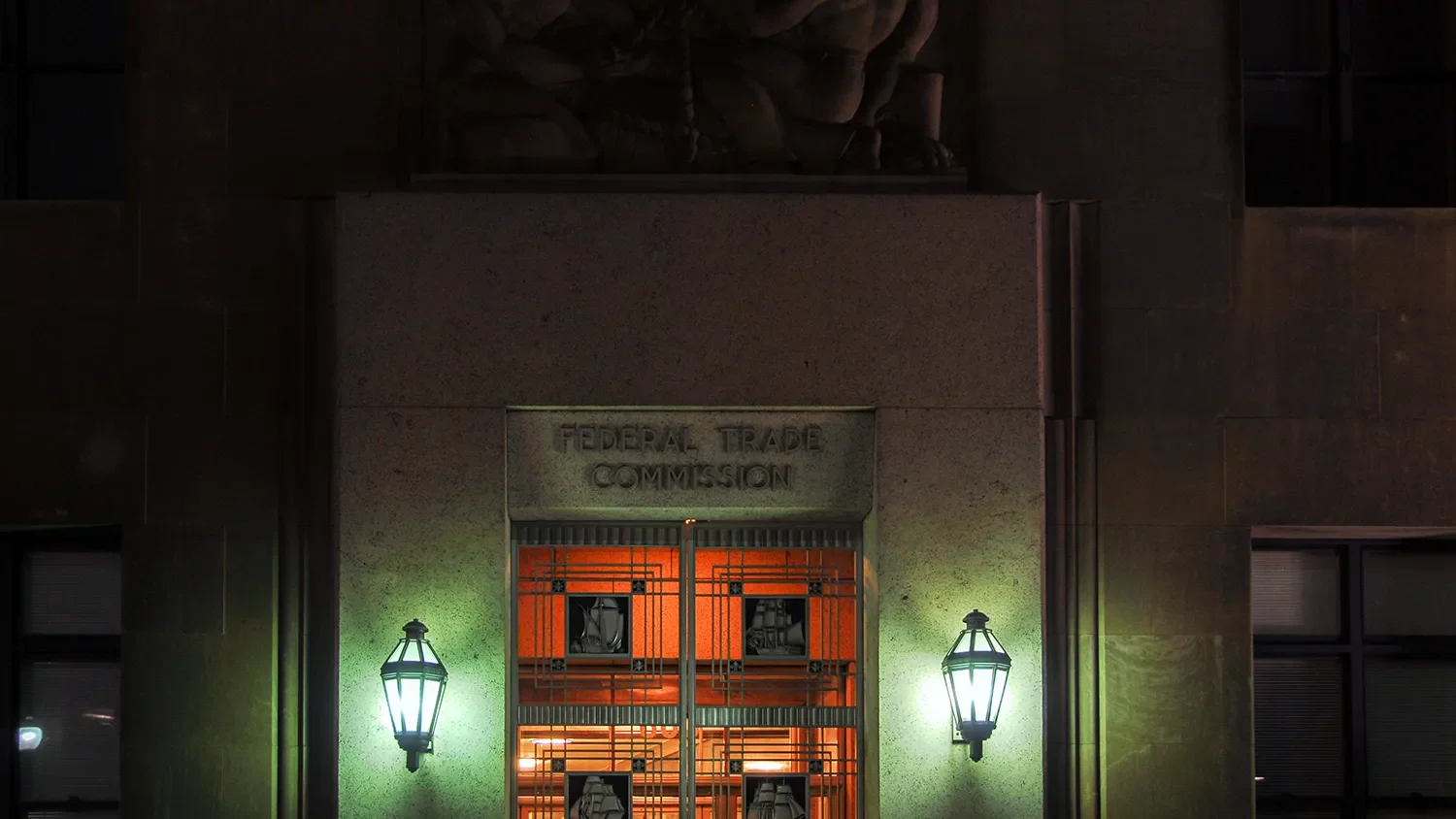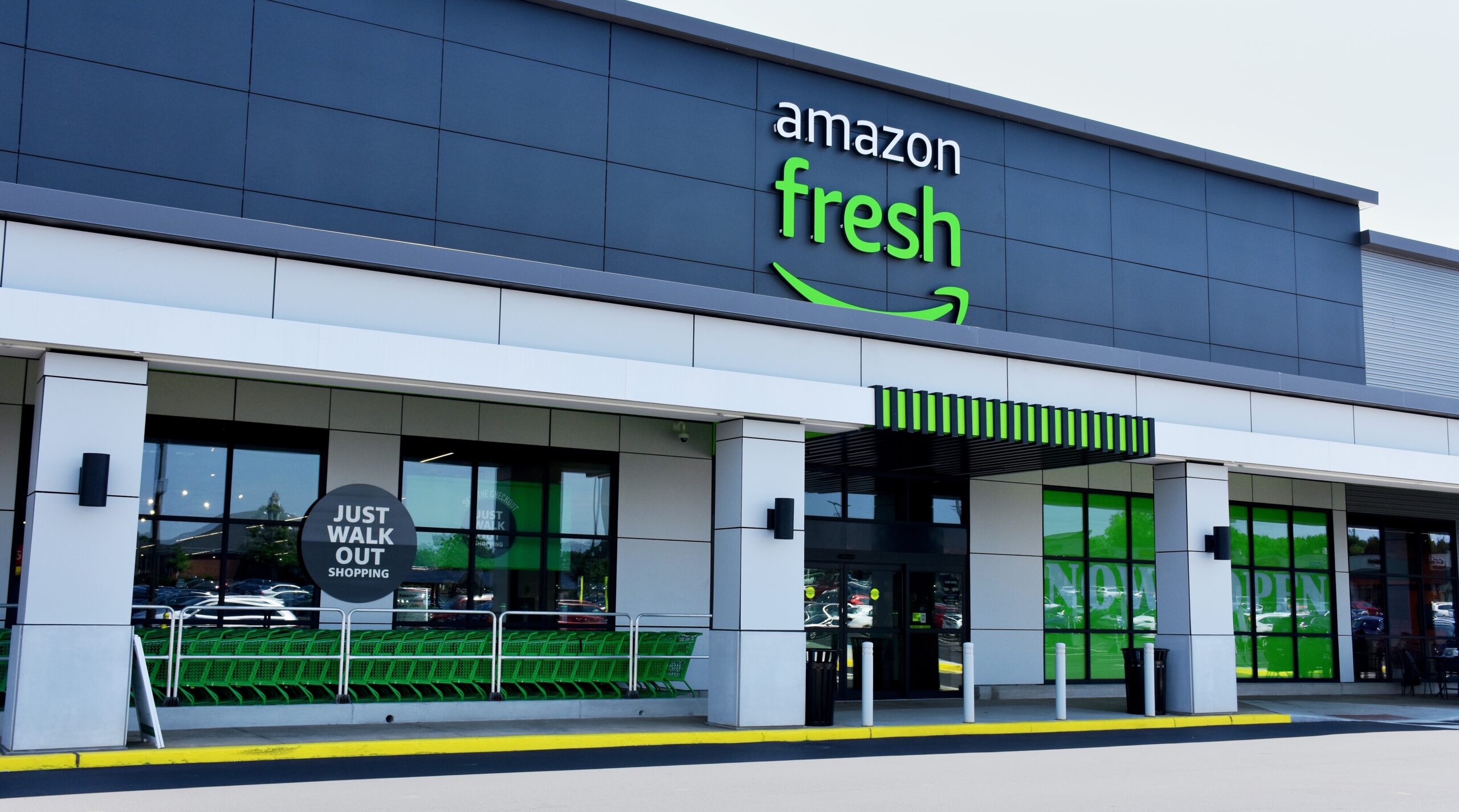The Competitive Dynamics of Mexico’s Retail Market

Earlier this year, the Investigative Authority (IA) of Mexico’s Federal Economic Competition Commission (COFECE) released a Preliminary Report (the Report) following a market investigation into potential barriers to competition in the Mexican retail e-commerce market. The IA highlighted competition concerns in two relevant markets: (i) marketplace services market for sellers, and (ii) marketplace services market and online stores of multi-categories for buyers. The Report notes three main barriers to competition in these relevant markets: (i) “artificiality” in some components of marketplace membership programs; (ii) Buy Box “opacity”; and (iii) “logistics solutions foreclosure,” given that some companies provide vertically integrated services. To remove the alleged barriers to competition, the IA recommended major corrective measures against two companies, Amazon and Mercado Libre.
Concentrated vs Competitive Retail Markets
A key issue in the Report is the question of market definition, which reflects the IA’s assumption that “online marketplaces” do not compete with other online sales channels or brick-and-mortar retail stores, despite the significant and growing economic evidence that proves the opposite. Importantly, numerous reports, including a recent CCIA study, have shown that physical retail competes head-to-head with online retail channels, including online marketplaces. How does the IA’s assessment diverge so significantly from the facts on the ground? It does so because the Report uses an artificially narrow market definition to exclusively consider online marketplaces as a relevant market for sellers, and online marketplaces and multicategory online stores as the relevant market for buyers. As CCIA also highlighted in its submission in response to the Report, this flawed analysis then enables the IA to conclude that two companies, Amazon and Mercado Libre, jointly hold an 85 percent share of the sellers’ relevant market. Surprisingly, the IA combines the share of the two competitors to allege that the market is concentrated.
The IA’s misguided market definition should be the subject of very close scrutiny by COFECE’s Commissioners. Looking at the Mexican retail market, 88 percent of retail sales in Mexico come from physical stores, while Amazon represents only 1.5 percent of the total retail sales in the country. So why not analyze the retail market comprehensively? If the IA had done so, it would have recognized the fierce head-to-head competition with highly successful physical retailers that have a longstanding presence in Mexico, as well as new online entrants such as Shein, Temu, and AliExpress. In fact, the head of the IA recently acknowledged that Mexico “is in a particularly different circumstance from other jurisdictions and other countries” where digital platforms “have high levels of concentration.” Regardless of whether concentration by digital platforms may exist in other countries, this does not seem to be the case in Mexico. Therefore, it is unclear what market problem the IA sees and wants to fix.
Looking closely at the IA’s market definition, it seems to follow the U.S. Federal Trade Commission’s (FTC) analysis in its recent lawsuit against Amazon. As previously detailed in Project DisCo, the FTC’s artificially narrow market definition in this case has been widely criticized as it diverges from the realities of the U.S. retail market. CCIA and other commentators have also highlighted that the FTC’s case seems to focus on competitors and not competition; as a result, only a handful of companies, and not consumers, would stand to benefit from it.
As highlighted in CCIA’s recent study on the Mexican retail market, the robust competition among online and physical channels provides Mexican consumers with significant benefits. At the same time, it is important to note that Mercado Libre and Amazon, the two companies highlighted in the IA’s Report, are not even among the top 15 retailers in Mexico – Mercado Libre is just the 19th biggest retailer in Mexico, while Amazon does not even appear in the top 20, as they face fierce competition from many legacy retailers in Mexico.
Top 20 Mexican Retailers And Paid Membership Programs

In Mexico, just like in other countries, online sales channels, including online marketplaces, have led traditional retailers to innovate and invest in their online operations to offer consumers an omnichannel experience (i.e., using online and offline channels to shop) throughout their shopping journey. This has led to lower prices and more options for Mexican consumers. In fact, a recent report noted how Amazon’s entry into the Mexican retail market decreased the prices of products in physical stores by up to 28 percent, bringing a broad product selection to the benefit of Mexican consumers. Further, digital tools provided by retailers have directly benefited small businesses. This is thanks to the ongoing and continued adoption of the omnichannel experience, which, again, underscores how the Report’s market definition is misguided and disconnected from the realities of the Mexican retail market.
Corrective Measures vs Sanctions
The Report proposes corrective measures that include forcing Amazon and Mercado Libre to unbundle membership offerings, such as streaming services (e.g., video, music) that are not related to the companies’ marketplace offerings, and allow any interested logistics provider to integrate in the respective company’s APIs. The head of COFECE’s IA has recently noted that the investigation is not a “sanctioning procedure”; yet, even a quick review of the IA’s recommended measures point to how they would act as sanctions and negatively impact the operations of not only the two companies, but they would harm Mexican consumers as well. As currently presented, the proposed corrective measures could end up benefiting individual competitors while harming competition and the Mexican economy.
Singlehoming vs Multihoming
The Report also alleges that Amazon Prime and Meli+ serve as an artificial business strategy to “lock in” consumers. Again, the Report seems disconnected from the facts – research shows that Mexican consumers multihome as they simultaneously subscribe to and use various retail memberships from different Big Box stores. In fact, CCIA’s recent study reflects that 94 percent of members at one of Mexico’s leading four Big Box stores (Walmart, Sam, Costco, HEB), MeLi+, or Amazon also have a membership with at least one more of these six retailers.
Overlap Between Membership In Big-Box Stores, Amazon Prime, And Meli+

Paid membership programs are both important and valued by consumers, but this does not mean that having a paid membership program is a requirement for a retailer to succeed. Retailers have other options to attract customers; in fact, a CCIA study found that four out of the top five retailers with higher sales revenues in Mexico do not have a paid membership program, and only five of the top 20 retailers have such a program. Instead of seeking industry-wide solutions, the IA’s proposed corrective measures forcing memberships to be unbundled would harm Mexican consumers in addition to unfairly targeting two e-commerce companies.
Logistics Services
The Report also claims that the lack of interconnectedness among different logistics companies and the marketplaces’ APIs, given their vertically integrated logistics, is a barrier to competition. This claim is similar to the FTC’s assessment of Amazon Prime’s logistics in the agency’s recent lawsuit against Amazon. However, as previously detailed in Project DisCo, this does not reflect business realities. Mexican sellers can choose to use Amazon’s logistics under Fulfillment By Amazon, the company’s own logistics program. In addition, and contrary to the Report’s claims, it is far from their only option, as they can also choose to use other channels that allow them to coordinate their own or third party logistics, such as the Easy Ship or Seller Flex programs.
Conclusion
The COFECE IA’s Report misconstrues the Mexican retail market, leaving more questions than answers. The IA fails to include in its analysis the wide range of retail competitors the two companies, Amazon and Mercado Libre, face on a daily basis, both online and offline, while it also disregards the consumer preferences that demonstrate such realities. Importantly, the Report raises the fundamental question of what should be the objective of antitrust enforcement and policy – protecting competition or individual competitors? Competition law is meant to promote competition and consumers’ welfare, rather than protect competitors. However, as currently presented, the IA’s proposed corrective measures could end up benefiting individual competitors while harming Mexican consumers and the broader economy. All participants of the Mexican retail market would benefit from the COFECE Commissioners closely reviewing and addressing these inconsistencies before issuing a final report.







